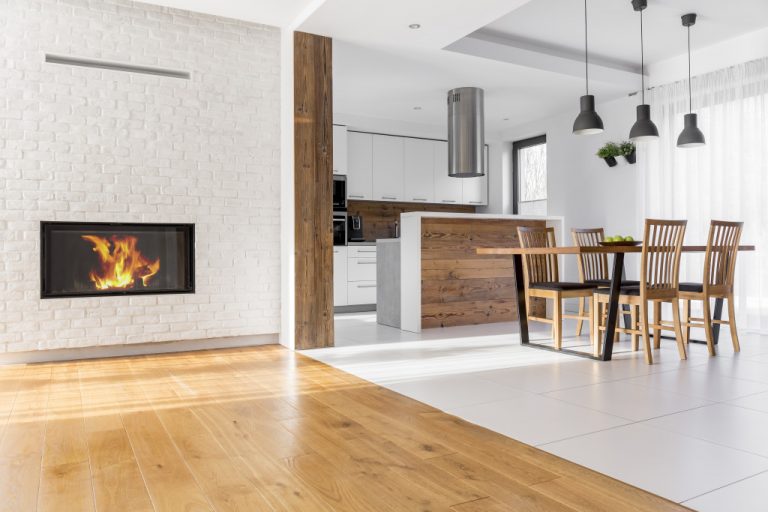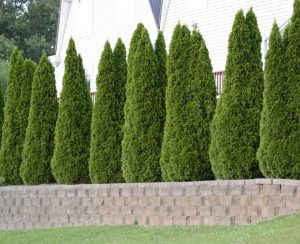- Design for durability and comfort when choosing furniture and decor.
- Create designated spaces for both children and adults in your home.
- Emphasize safety by securing furniture, using safety gates, and avoiding hazards.
- Opt for easy maintenance materials to save time on cleaning.
- Enhance your outdoor living with practical storage solutions like an oak garage kit.
Transforming your home into a family-friendly sanctuary is about creating a comfortable, safe, and engaging space for all your family members. It’s not just about making your home kid-friendly; it’s about designing a living space where every family member feels welcome and at ease. Here are five tips to help you create a home environment that caters to the needs and well-being of your entire family.
1. Design for Durability and Comfort
When selecting furniture and decor, consider both durability and comfort. Your home should be where every family member feels relaxed and at ease.
Here are some tips on how to design for durability and comfort:
Materials for Durability and Easy Maintenance
Selecting the right materials is crucial in creating a home that can withstand daily wear and tear. For furniture, opt for durable fabrics like leather, microfiber, or performance fabrics like Crypton or Sunbrella. These are easy to clean and resist stains, making them perfect for homes with children and pets. Another option is choosing furniture with removable covers that can be washed or replaced.
Sturdy and Safe Furniture
Choosing furniture that can withstand rough play and potential accidents is important in a home with children. Look for pieces made from solid wood or metal, which are more durable than particle board or plastic. Rounded corners on tables and other furniture can also prevent injuries. Consider investing in pieces that can grow with your family, such as convertible cribs or bunk beds that can be separated into single beds.
Creating Cozy and Inviting Spaces
Comfort should be a top priority when designing your home. Start by incorporating cozy seating areas where the whole family can relax and spend time together. This could include a large sectional sofa, bean bag chairs, or a comfy reading nook with plenty of throw pillows. Adding soft textures like plush rugs, velvet curtains, and knit blankets can also add to the overall comfort of your home.
Choosing Colors and Textures
The colors and textures you choose for your home can significantly impact how comfortable it feels. Soft, warm colors like beige, light blue, and pale pink can create a calming atmosphere. Avoid harsh or bold colors that may feel overwhelming or jarring in a living space. When it comes to textures, aim for a mix of soft and smooth materials like velvet, silk, and cotton to add dimension and coziness to your home. Natural elements like wood and plants can also help create a warm and inviting atmosphere.
2. Create Spaces for Everyone

A family-friendly home caters to the needs of both adults and children. Designate specific areas for play where kids can leave their toys out without disrupting the rest of the house. This could be a playroom or a designated corner in the living room. Encourage creativity by providing accessible storage for toys and art supplies.
Similarly, create adult spaces that are off-limits to children’s clutter. Whether it’s a home office, a craft room, or simply a quiet corner for reading, having a unique space is important. This separation of spaces helps maintain a balance between family time and individual activities.
3. Emphasize Safety
In a family-friendly home, safety is paramount. Start with the basics: secure furniture to walls to prevent tipping, install safety gates as needed, and use outlet covers to protect curious little fingers. Pay special attention to areas like the kitchen and bathroom, where additional hazards may exist. For example, use stove knob covers and keep cleaning supplies out of reach.
Don’t forget about outdoor safety. Ensure your backyard is securely fenced, and it should be properly gated if you have a pool. Regularly check outdoor play equipment for any wear and tear. Making your home safe gives you peace of mind and allows your children to explore their environment securely.
4. Opt for Easy Maintenance
Select materials and designs that simplify cleaning and maintenance. Hard flooring, such as tile or hardwood, is easier to clean than carpet and is less likely to harbor allergens. Consider using rugs that are easy to wash or replace in high-traffic areas.
In terms of decor, opt for paint that can be easily wiped down and is resistant to scuffs. Choose surfaces resistant to stains and easy to clean in the kitchen and bathrooms. The less you spend on maintenance, the more time you have to enjoy with your family.
5. Enhance Your Outdoor Living

The outdoor space extends your home and provides a great family activity and relaxation opportunity. Consider adding features that can be enjoyed by the whole family, such as a patio for outdoor dining, a sandbox for the kids, or a vegetable garden that everyone can tend to together.
A unique addition to consider is an oak garage kit. Not only does it provide practical storage solutions, but with creativity, it can also be transformed into a multi-functional space. Use it as a workshop, a play area for kids, or even an outdoor family room. The natural beauty of oak adds charm to your property, and the versatility of such a structure offers endless possibilities for family activities and storage solutions.
In Closing
Making your home family-friendly involves thoughtful planning and focusing on functionality, safety, and comfort. By implementing these tips, you can create a space that accommodates the needs and activities of all family members, fostering a harmonious and enjoyable living environment. Remember, the goal is to create a home that looks good and supports your family’s well-being and happiness.











